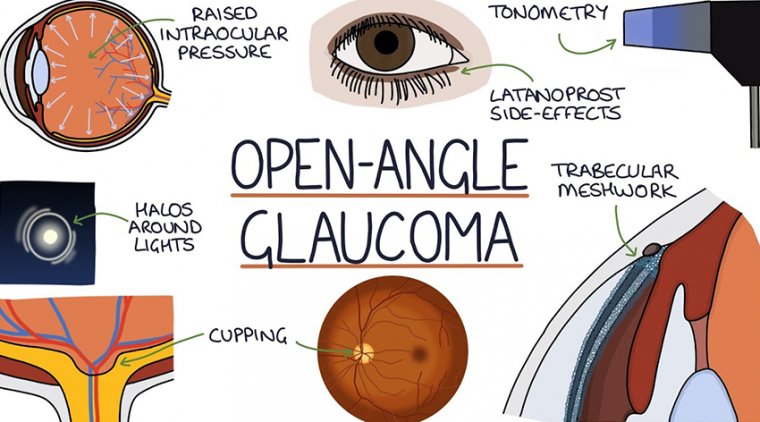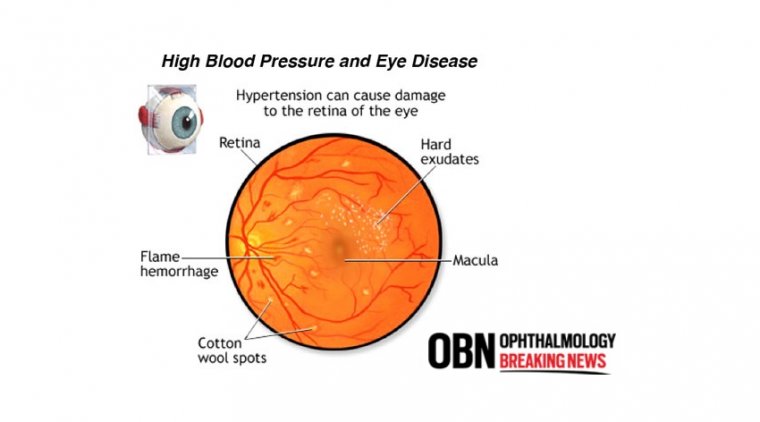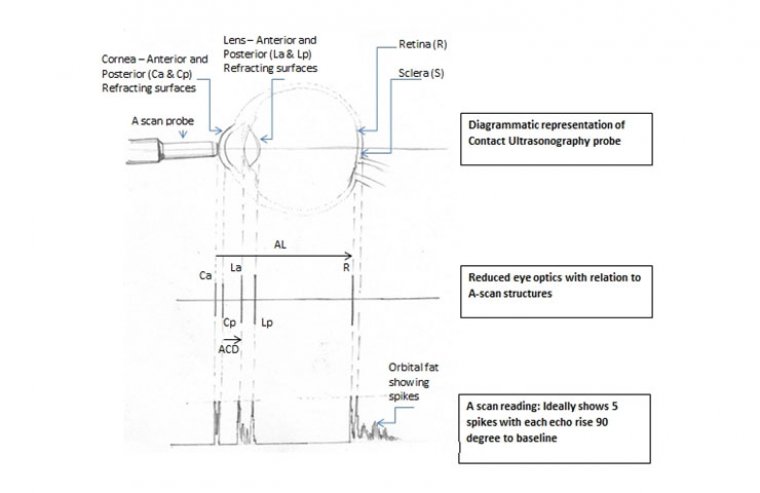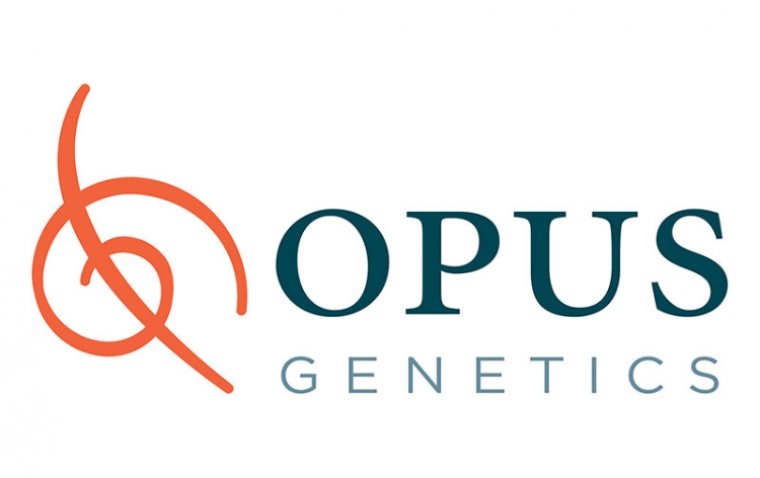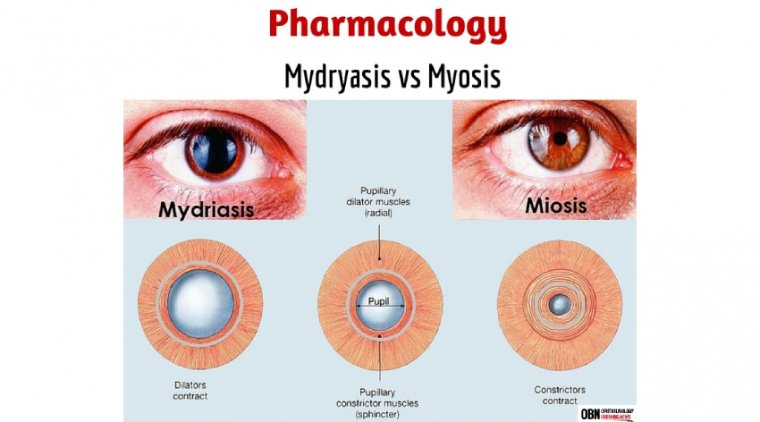
Study Identifies Key Genes Linked to Primary Open-Angle Glaucoma
In a recent study published in Nature Communications, researchers from Mass Eye and Ear, led by Ayellet Segrè, Ph.D., alongside Janey Wiggs, MD, Ph.D., conducted an extensive investigation that merged findings from a large cross-ancestry genome-wide association study meta-analysis of Primary Open-Angle Glaucoma (POAG) with analyses of intraocular pressure (IOP), a known risk factor for the disease. The study aimed to uncover the genetic factors and biological processes that contribute to the development of POAG.
By integrating genetic data with single cell expression measurements in eye tissues relevant to glaucoma, the research team was able to identify numerous genes and regulatory mechanisms associated with POAG and/or IOP. These findings pointed to the involvement of biological pathways related to elastic fiber formation, extracellular matrix organization, vascular development, and neuronal processes in the pathogenesis of the disease.
An innovative aspect of the research involved the use of single-nucleus gene expression data to create a detailed cell atlas of the whole eye, an effort led by Josh Sanes, Ph.D. from Harvard University's Department of Molecular and Cellular Biology. This analysis revealed the roles of various cell types, such as fibroblasts, astrocytes, oligodendrocytes, and vascular cells, in optic nerve degeneration and the risk of developing glaucoma.
The study's integrative approach has provided insights into the genetic and biological mechanisms that may underlie POAG, offering new avenues for research into potential interventions. By identifying key genes and pathways involved in glaucoma, the research opens up possibilities for the development of targeted therapies aimed at reducing IOP and protecting neural structures.
"Our work has generated new insights into POAG mechanisms, which could inform the development of novel therapies targeting IOP reduction and neuroprotection," Segrè mentioned. "For example, this research suggests that targeting neuronal support cells, in addition to retinal ganglion cells, may be important in the design of new drug and cell therapies. Through our ongoing work aimed at detecting genetic regulation of gene expression in glaucoma-relevant eye tissues, we hope in the future, to provide a more complete understanding of POAG risk and IOP variation."
Reference
Andrew R. Hamel et al, Integrating genetic regulation and single-cell expression with GWAS prioritizes causal genes and cell types for glaucoma, Nature Communications (2024). DOI: 10.1038/s41467-023-44380-y
(1).jpg)

